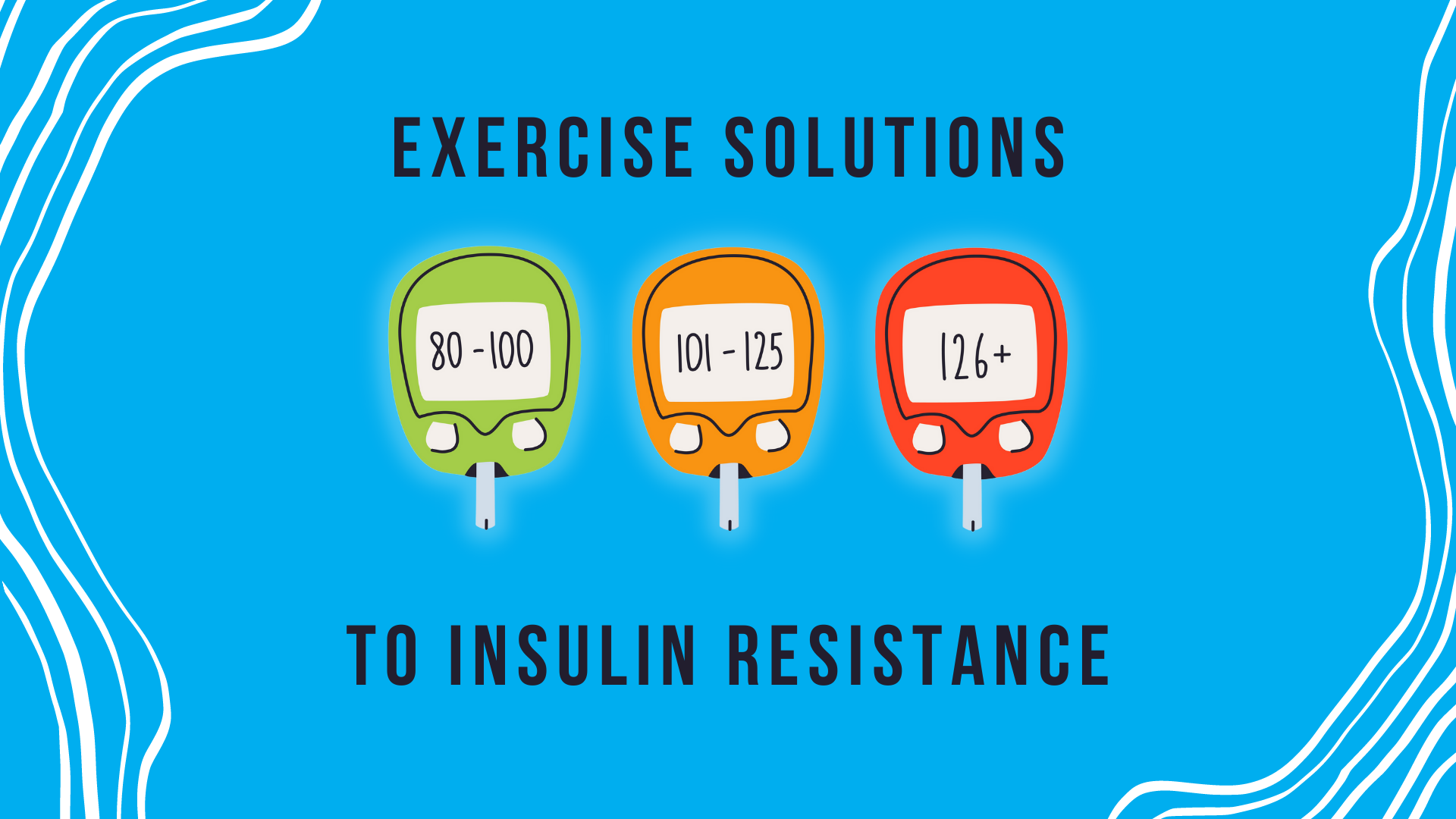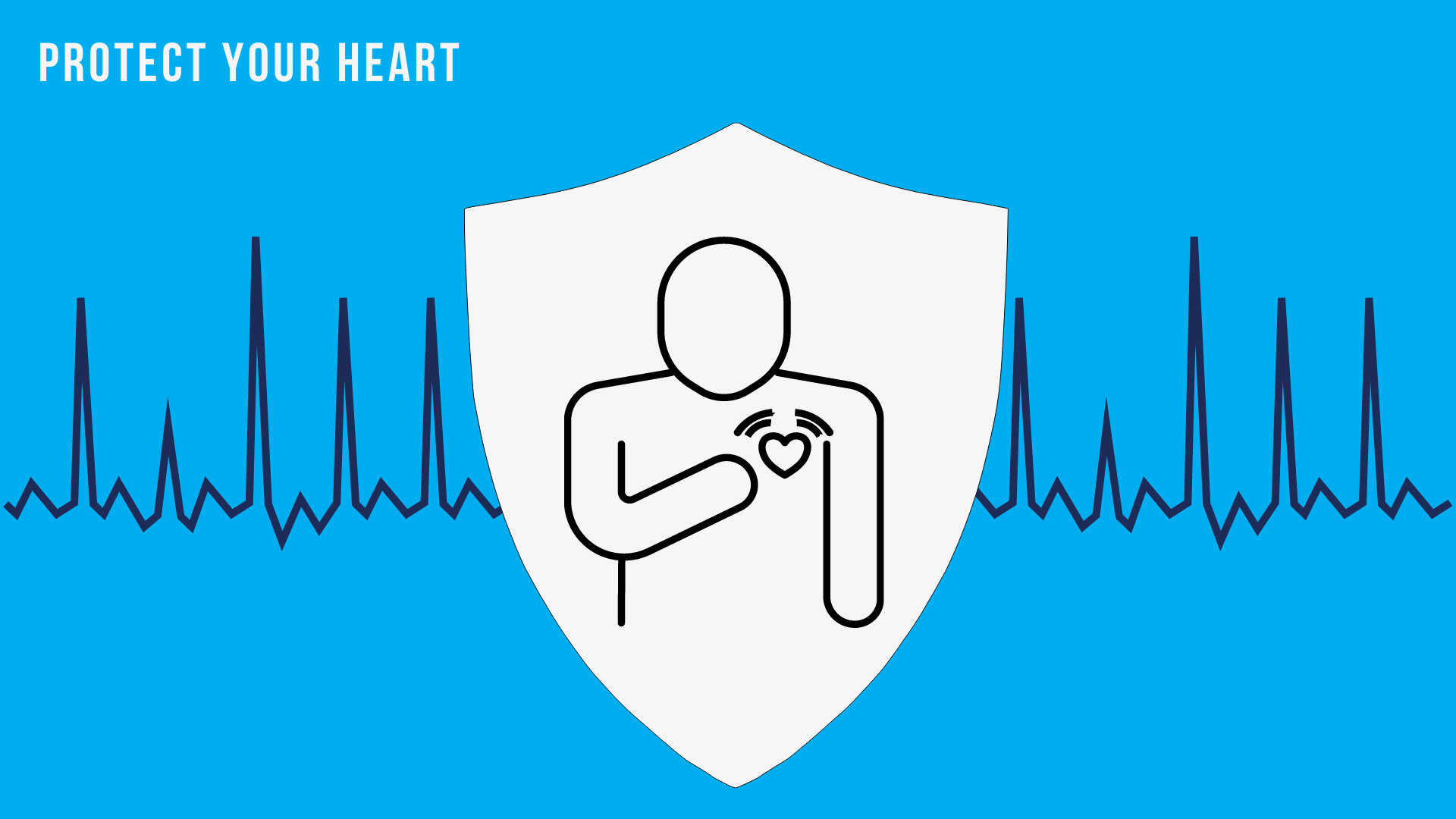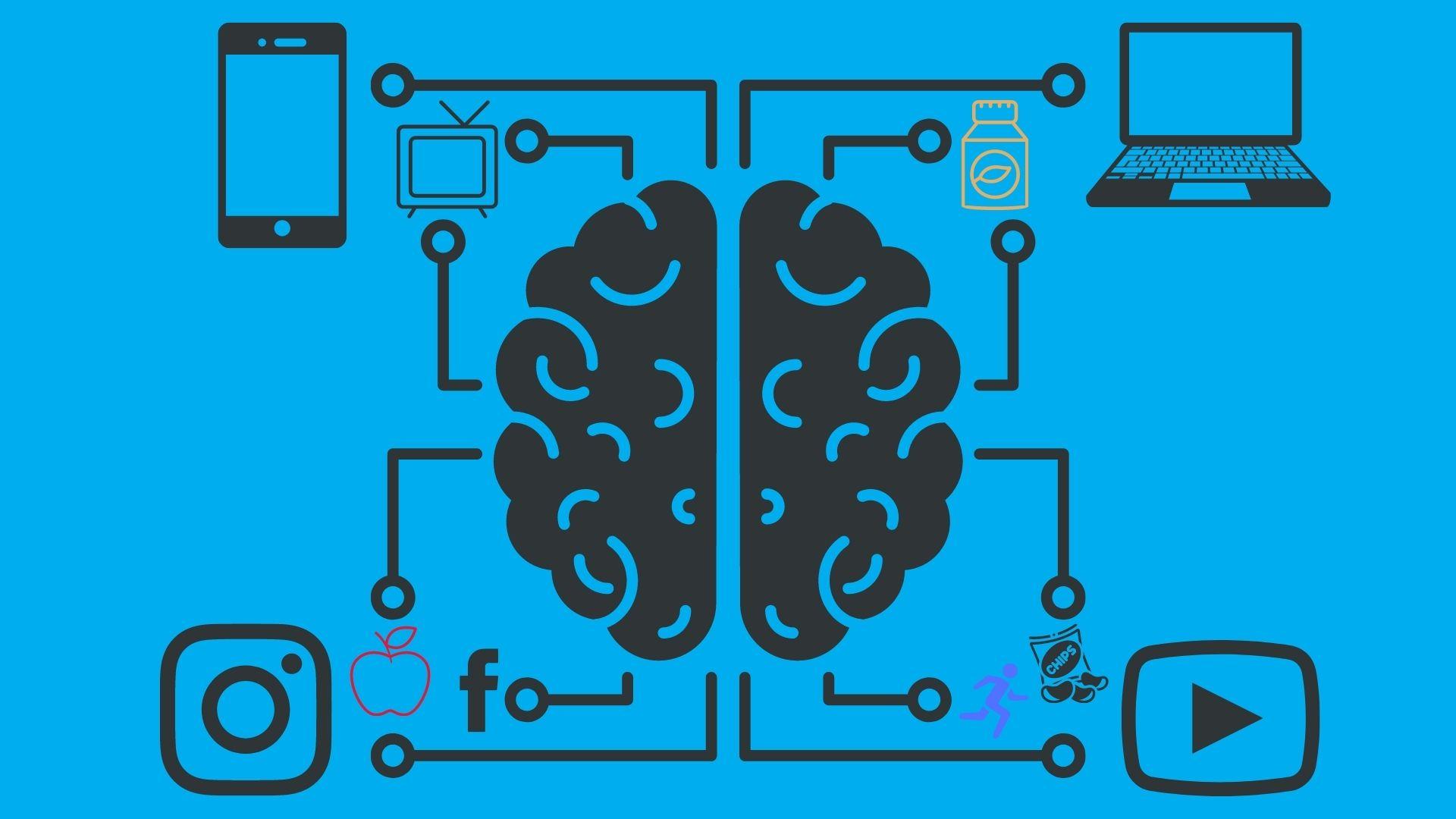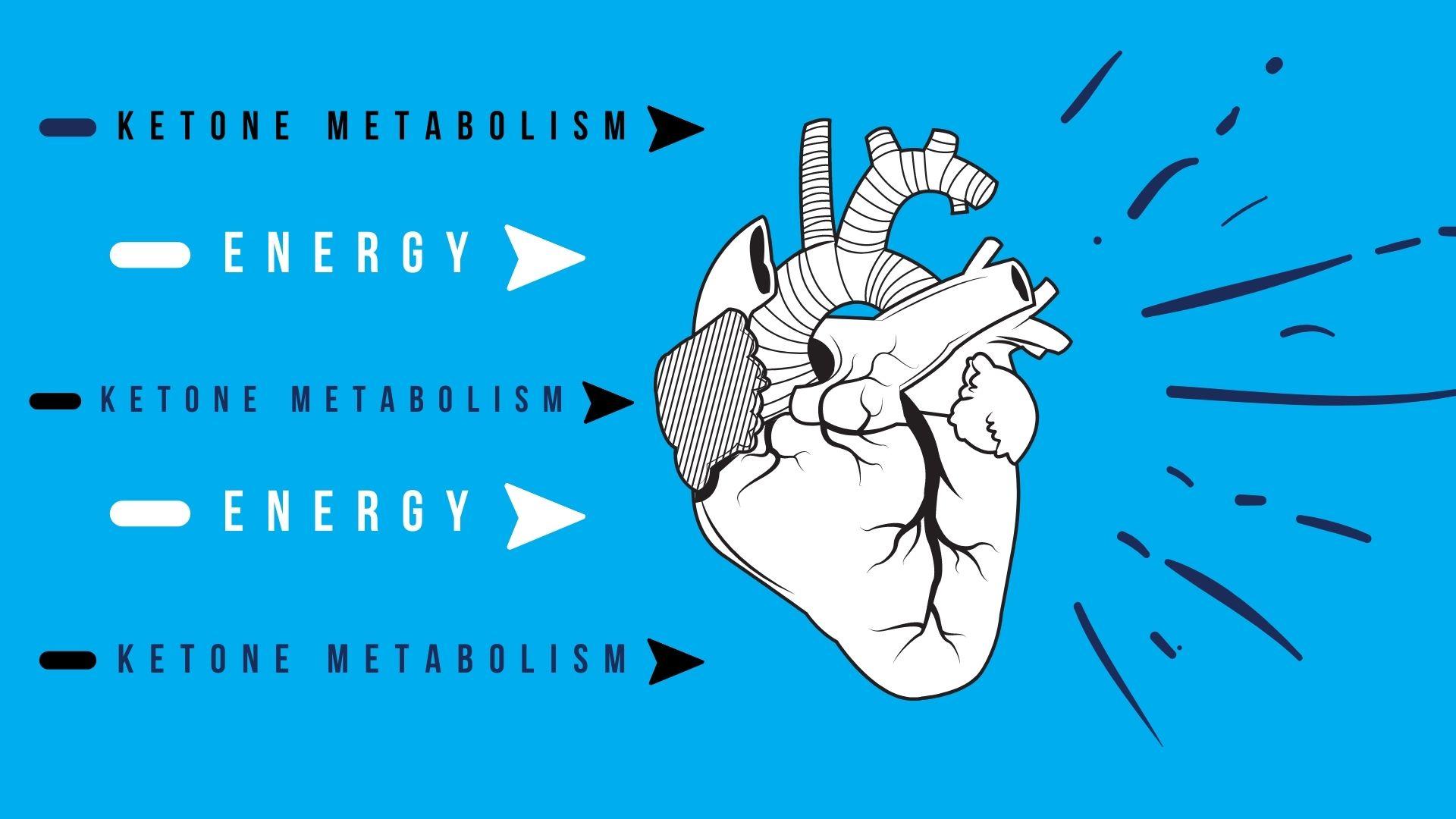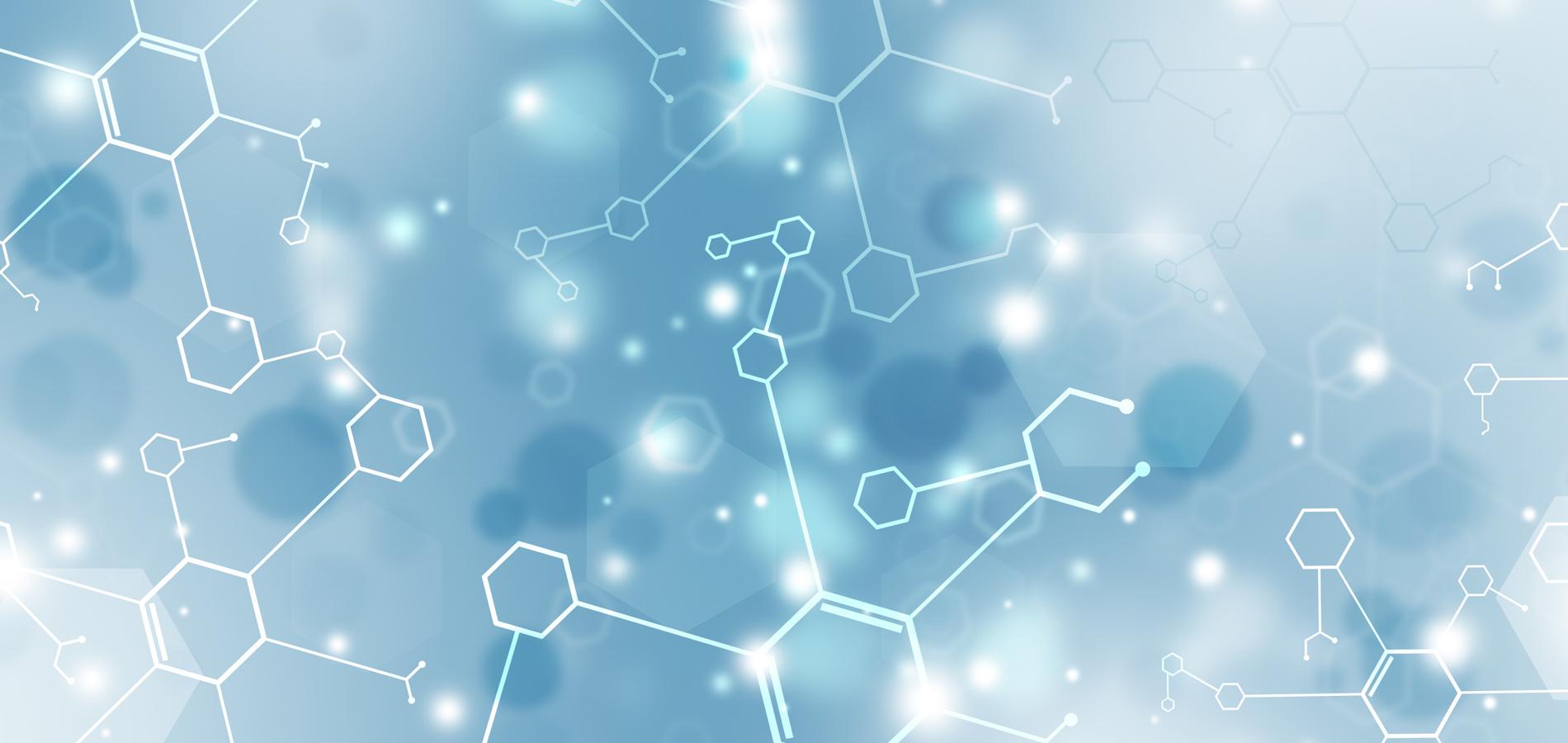Healthy Lifestyle
Addiction to food
After 5 years of restoring my health, eating ‘right’, becoming lean, strong and energized, is it possible that I am still addicted to food
I always find it amazing that to this day, some food I have reduced a great deal in my diet, but still present on what I call my ‘cheat day’. These foods can be ice cream, baked goods (yes, even the gluten free ones), chips of all types to name a few.
Top 10 signs/symptoms that food addiction is affecting you.
As with any form of addiction, food addiction should be taken seriously. Aside from the obvious reasons like obesity, diabetes, heart disease, cancer, and alzheimer’s disease, all of which are causally related to food addictions. All of which are end stage diseases. There is also the control food can exert on your life and everything you want to do and accomplish. Long before these disease states are even on the radar, like when we are children, the effects of food addictions are easily seen in the following symptoms:
- Attention deficit
- Fatigue
- Poor focus and concentration
- Depression/anxiety
- Brain fog
- Chronic diffuse pain syndromes
- Repeated soft tissue injuries
- Weight gain
- Excessive cravings
- Hormone dysregulation.
Diet comes before lifestyle.
Health professionals of all types have tried very hard in recent years to communicate the idea that you should not be on a “diet” but rather, you should have a new lifestyle as it relates to food. Diets are temporary and unsustainable, and this is true. However when breaking an addiction, it requires a diet from the factors that contribute to sustained addictions.
There are no cheat days.
If you were addicted to heroin or alcohol and on a program to defeat the addiction, would there be “cheat days”. No of course not. If you go any period of time strictly adhering to your new discipline for eating, ‘rewarding’ yourself or giving yourself a proverbial pat on the back by engaging in the behavior you want to free yourself of is a guaranteed strategy for failure.
First break addiction to what foods you eat. Never mind quantity.
Commit to eating ‘whole food’ only. Don’t pay attention to how much you eat during this phase of breaking your food addiction. By ‘whole food’ we mean food that looks like its original form, like when it grew out of the ground, walked on the planet or swam in the ocean. For example: tortillas, pasta, bread, chips, etc. look nothing like the corn, rice, wheat, potatoes that were used to make them. Therefore don’t eat them. On the other hand a head of cauliflower looks much like it did when it was picked out of the ground.
Tips:
- If it comes in a box, bag, jar or any other packaging that can last for weeks or months on a shelf in your pantry; don’t eat it. It’s processed.
- If it does not have a label, is perishable, required refrigeration, then eat it. For example, meats, vegetables and the like.
- Fool your brain. I used to love pasta dishes, mostly because of what I put on top of the pasta. The pasta itself has no taste that I desire. So making zucchini noodles with a spiralizer made it very easy to transition away from processed pasta and toward whole food.
It takes 4 weeks to break a food addiction:
Strict removal of processed food, grains, simple carbohydrates like fruits, juices, soda, dairy, legumes, sugary desserts will require about 4 weeks to break the addiction and thus eliminate the difficult to fight cravings. During this time, use the ‘foods to eat’ list to satisfy hunger. After the 4 weeks, if the quantity of food you are eating is a problem that needs to be tackled, you will find it much easier to do so once the addictions are broken.
Why is food addictive.
This weekend my brother asked me, “with all the science available to us and the long life expectancy we have, how could the ‘standard American diet’ be so bad for us?” He then asked, “how could being so restrictive be good for you?’. My first thought was, how did I fail to communicate what I know and what I have successfully done for a living for 25 years, to my own family. Then I remembered, the only people who understand are those who make an attempt to live the science and experience it. Everyone else just wants to justify the choice they make to not make choices; and that’s most people. If you consider yourself a member of the ‘most people’ crowd, get out while you can, because you are all walking off the cliff.
Warning: Conspiracy theory. Collusion:
If you are reading this you’ve already made that choice to not be like ‘most people’. It is worthwhile however to recognize how the forces are working against you and your family. Billions of dollars are being spent to get you to forget everything you are currently reading, learning and doing.
Food Science:
Food scientists are not using their education and knowledge to help us eat more nutritious food. They are hired by the food industry with the express purpose of creating repeat customers, longer shelf life and cheaper manufacturing. Addictions are created very specifically by manipulating certain ingredients, like sugars, salts and fats in various combinations. I want to go into a bit of detail about one way in which this is real.
HFCS: Conspiracy comes to life.
High Fructose Corn Syrup. Corn is an industry supported by the federal government. Thus making this processed form of sugar incredibly cheap, almost free. Fructose is a kind of sugar very different from glucose. It can delay and hide its ‘diabetic’ effects since the basic blood markers that identify diabetes or diabetes risk are sensitive to glucose, a different form of sugar. Your doctor would have to be alerted to and educated about the early signs of fructose toxicity.
Fructose is a key ingredient for food addiction. When we do brain scans on people given the glucose form of sugar, we see the areas that lights up the same areas involved with executive function, focus and concentration. Think of glucose as being what college students consider brain food that helps them study long hours into the night. When we look at the same brain scans on those given the fructose form of sugar, the area of the brain that light up are the same areas that light up with cocaine and alcohol, our addictive centers. That should shock you.
You should also be aware that HFCS before 1970 was not in any human diet ever. We are now consuming upto 40 lbs of HFCS per year per person in the US. HFCS is in your soft drinks, fruit juices, loaves of bread, breakfast cereals and almost anything that comes in a box, bag, jar and anything that can be considered processed. And by the way, it does not have to be on the label as HFCS, it can be labeled ‘Natural Sweetener’ among other names.
Please share this article with anyone you feel may want to know more, leave comments or ask questions. Thank you.



